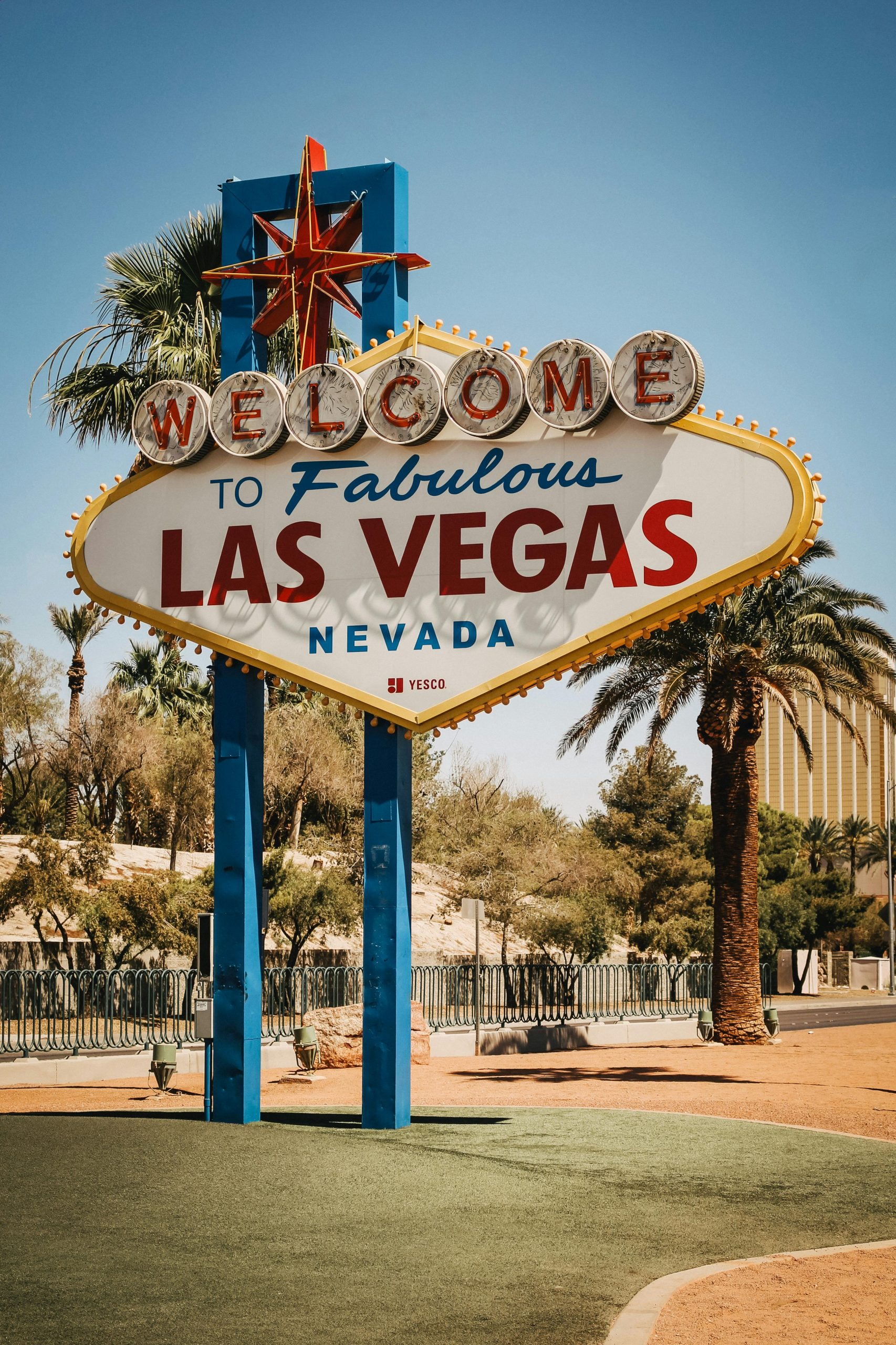Important Travel Tip for American Visitors in London: Please Do Not Abbreviate Place Names
Traveling abroad offers a wonderful opportunity to explore new sights and immerse yourself in different cultures. However, effective communication is essential to ensure a smooth and enjoyable experience. Recent observations in London underscore the importance of understanding local nomenclature, particularly for visitors from the United States.
Understanding the London Layout
London’s diverse neighborhoods and iconic landmarks are often referred to by their full names, which can sometimes be shortened or abbreviated, especially by visitors unfamiliar with local conventions. Among American tourists, it’s common to hear references such as “Green” instead of “Green Park,” “Edgware” in place of “Edgware Road,” or “Holland” when referring to “Holland Park.” While these abbreviations might seem harmless, they can lead to confusion or misdirection.
Potential Challenges of Abbreviating Place Names
Miscommunication caused by shortening place names can create unnecessary hurdles, especially for those relying on public transportation, maps, or digital navigation tools. For instance, requesting directions to “Green,” might lead to confusion with other “Green” location names, and asking for “Holland” could result in mismatched expectations or misdirection. Such misunderstandings can be particularly problematic in emergency situations or when time-sensitive decisions are required.
Practical Recommendations for Visitors
To ensure your stay in London is as seamless as possible, consider the following tips:
-
Use Full Place Names: When asking for directions or searching for locations, specify the full names of places. For example, say “Green Park” instead of just “Green.”
-
Learn Local Terms: Familiarize yourself with main neighborhoods and landmarks, understanding their full names to facilitate clear communication.
-
Consult Reliable Maps: Use trusted maps or navigation apps that include complete names to avoid ambiguity.
-
Be Specific with Questions: When seeking help, provide context and full location descriptions to assist others in guiding you accurately.
Conclusion
Respecting local naming conventions and communicating clearly can greatly enhance your travel experience in London. By adhering to these simple guidelines, visitors can avoid unnecessary frustrations, ensure accurate directions, and enjoy their exploration of this vibrant city with confidence. Safe travels!


Great reminder for visitors to London — clarity makes all the difference
As a London resident, I completely agree with the importance of using full place names when navigating the city. It might seem minor, but it really helps prevent misunderstandings, especially on busy streets or when using public transport.
London’s neighborhood names and landmarks are rich in history and significance. Dropping parts of these names can obscure their identity, making it harder for both visitors and locals to communicate effectively. For example, mentioning “Green” could refer to several green spaces or areas, but “Green Park” specifically points to a well-known royal park, helping everyone stay on the same page.
As an added tip, consider familiarizing yourself with London’s commonly used abbreviations—while it’s good to be thorough, matching the local naming conventions can truly enhance your experience. Enjoy your stay, and don’t hesitate to ask locals for clarification if you’re unsure!
Great Reminder for Visitors: Embrace London’s Full Place Names
I completely agree with this post—clear communication is key to truly enjoying London’s rich tapestry of neighborhoods and landmarks. As a London resident, I’ve seen how abbreviations can sometimes lead to confusion, especially for those relying on public transport or digital maps.
Here are a few additional tips for visitors to make their stay even smoother:
Ultimately, respecting London’s naming conventions not only helps in navigation but also shows appreciation for the city’s unique identity. I hope all visiting Americans—and travelers from anywhere—take this advice to heart and enjoy London’s vibrant atmosphere without hiccups. Safe travels to everyone!